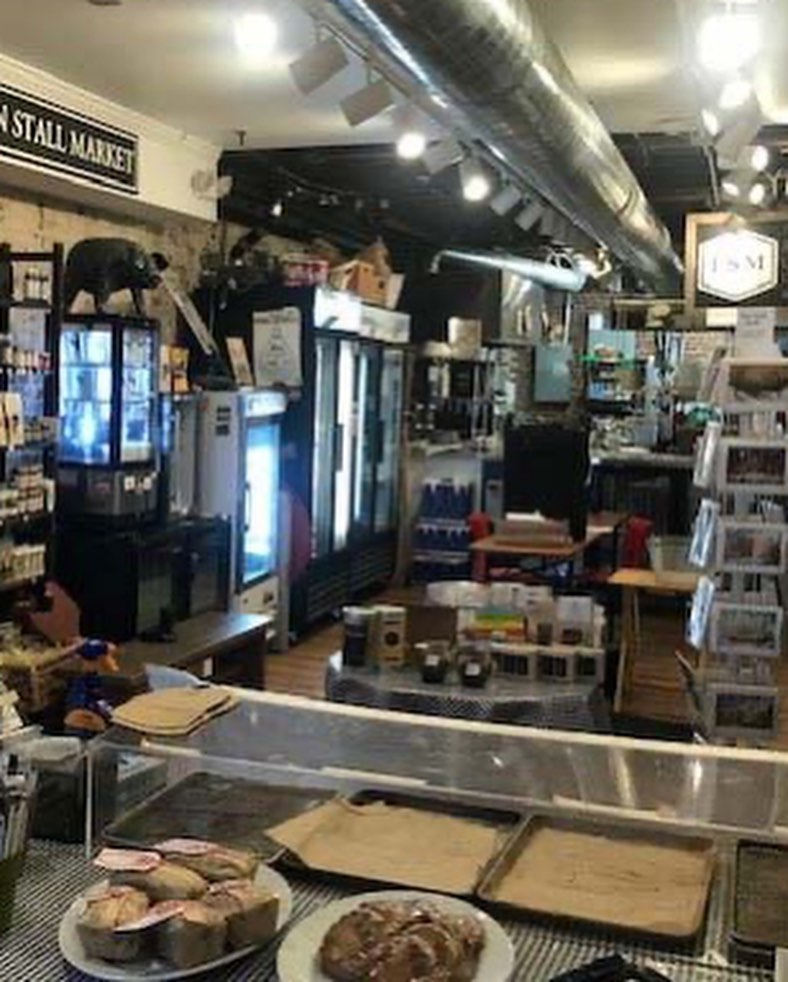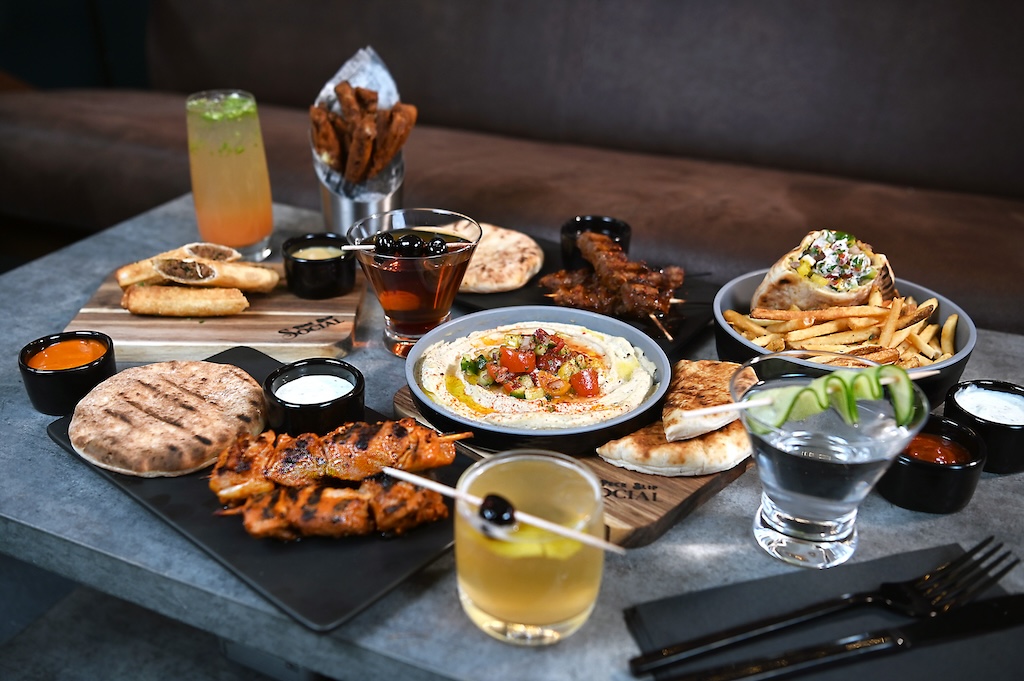Fulton Stall Market Connects The Seaport’s Past To Its Healthy Future

For more than 180 years, the Fulton Fish Market was sprawling and bustling. With ships anchoring in from afar after trawling the ocean, one of the most famous markets in the country displayed whole slabs of fresh catch on huge beds of ice, dumped crabs into barrels and unloaded boxes of assorted sea creatures for customers and wholesalers to browse all day and night.
The market itself is long gone, making way for more tourist-focused shops, boutiques and venues.
Today, Fulton Stall Market sits across the street. It is a speck of the size of the fish market but holds onto the area’s history as a trading post for fresh goods. The stall fills a slender building at 91 South Street with an indoor market that opened in 2017, selling locally grown fruits, vegetables and goods from about 100 small vendors. It’s part-farmers market, part-country store and part-education center that highlights the artisanal goods that come from in and around the city, and connects people in Manhattan with local farms.
“We wanted to revive the link between urban and rural,” said Bob Lewis, an advisor for the market who also helps manage it. “It’s an old American idea of the public market.”

The range of goods also carries the argument for the strength of shopping local: supporting local producers strengthens the economy, encourages entrepreneurship and, because delivery trucks don’t have to travel that far, cuts down on carbon emissions.
The market is run by a nonprofit organization, and all the items are on consignment. That means when you purchase Brooklyn Roasting Company coffee, rooftop honey from Harlem Honey NYC or fruit from Dutchess County’s Breezy Hill Orchard, more money goes directly to the producers than it would from a chain grocery. Unlike farmer’s markets, it’s open most days of the week, and its indoor location operates in all conditions.
The stall also runs an outdoor market from May through November on Pier 17, but plans for this year are still in flux as the pandemic wears on.
Those local foods get turned into good lunches and dinners, too: the prepared-foods counter offers chef-made quiches, egg salad sandwiches with jammy onions, frozen soups, herb-roasted tofu, vegan grain bowls and fruit pies. For the more dedicated local produce fan, it also hosts a CSA, aka community-supported agriculture, where subscribers get a weekly subscription box of locally grown goodies.
When the pandemic drained many of the commuters and tourists from Lower Manhattan, the store adapted: it went down to being open six days a week and added online takeout through the ChowNow app.
Part of the market’s mission is to teach food literacy and the value of local produce. They’ve held online events during the pandemic, to remind how easy and healthy it is to shop local — even if big sites like the fish market are long gone.
Lewis is a piece of market history himself, having advocated for greenmarkets at state and local levels for four decades. He’s hopeful organizers can expand the market’s size soon, and offer even more locally made goods and bring the neighborhood closer to its past and sustainable future. “The market here is not intended to be an expensive type of place,” he said. “It’s meant to be affordable.”
photos: @fultonstallmarket
Tags: bob lewis, fulton fish market, Fulton Stall Market, meet a lower manhattan business

